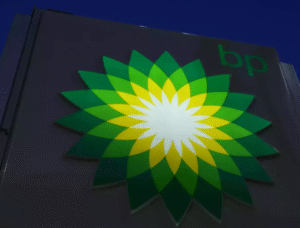$SLB $HAL $BTC
#oilfieldservices #energysector #marketvolatility #oilprices #geopolitics #oilandgasindustry #energyinvesting #commoditymarkets #haliburton #rystadenergy #shaleindustry #globalmarkets
Growth in the oilfield service industry appears to be reaching a plateau after a period of consistent expansion in the past few years. Following strong double-digit growth in both 2022 and 2023, the industry’s increase dropped to a mere 2.4% in 2024. This suggests growing headwinds for the sector as it faces an increasingly complex operating environment. Current forecasts anticipate the global oilfield services market could experience a 0.6% contraction in 2025, reflecting uncertainties in both demand and supply conditions worldwide. The potential decline in year-over-year performance is particularly significant given the industry’s recent history of resilience, a quality that had shielded it from various economic pressures during the pandemic recovery phase.
According to Binny Bagga, Vice President Service Market at Rystad Energy, the moderation of growth stems from several interconnected factors, including market volatility, heightened geopolitical tensions in key oil-producing regions, and escalating cost structures that are challenging profit margins. The slowdown is also reflective of shifting capital expenditure priorities by upstream oil and gas operators, with many refocusing efforts on efficiency rather than expansion. The uneven effects across market segments suggest that while offshore operations see some renewed interest, growth in the U.S. shale industry—a cornerstone of the oilfield services sector’s recent boom—may decelerate. This suggests markets such as North America could be disproportionately impacted compared to regions like the Middle East, where investments remain relatively robust.
Cost challenges stand out as a primary concern, particularly with lingering inflationary pressures in commodity markets, higher interest rates, and a somewhat tighter labor market driving up expenses for oilfield service providers. These providers, including major players like $SLB and $HAL, are under growing pressure to maintain profitability and shareholder returns while meeting operational requirements. Adding to the complexity are geopolitical dynamics, such as the ongoing Russia-Ukraine war, which have introduced unique supply chain constraints and price volatilities across the global energy sector. The uncertainty appears to have further spooked capital markets, with the share prices of leading oilfield service companies showing signs of underperformance in the broader energy index year-to-date.
Looking ahead, the outlook for the oilfield services sector will likely remain mixed. A key factor influencing future performance will be the trajectory of oil prices, which have remained volatile but generally stable within a range that has yet to fully incentivize major new capital investments from exploration and production companies. Additionally, the shift toward greener energy alternatives and decarbonization remains an underlying structural challenge for traditional oilfield services. Investors and industry stakeholders alike are watching to see if market conditions stabilize or worsen, potentially opening opportunities for consolidation within the industry. While oilfield services may face new obstacles, adaptation and efficiency-focused measures may ultimately determine how successfully the sector navigates these challenging waters in 2025 and beyond.







Comments are closed.